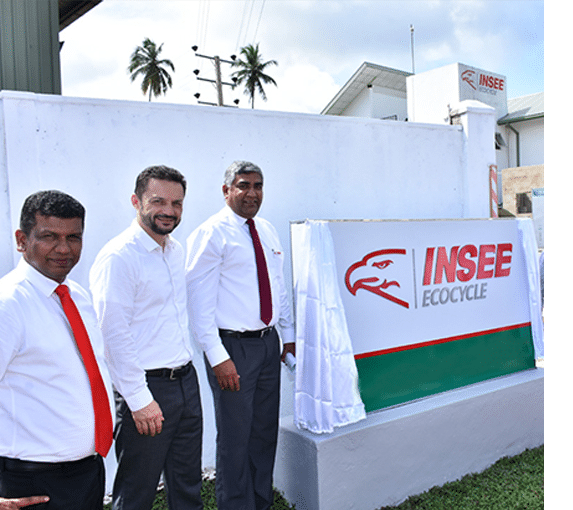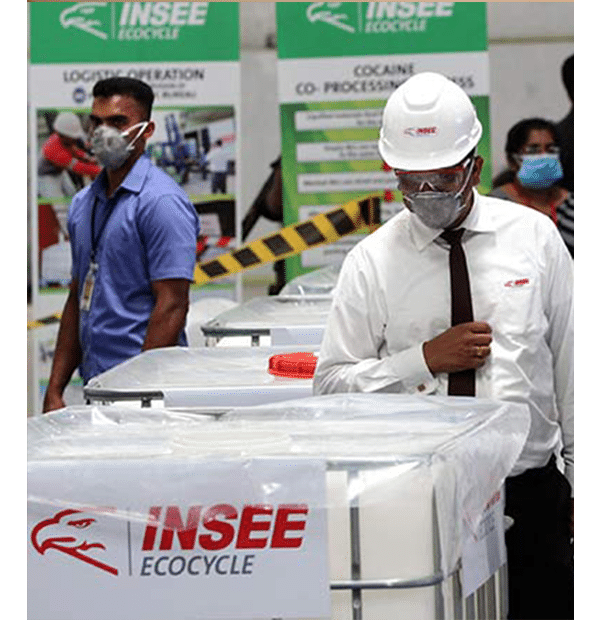Key Features
- Unique & responsive architecture for quick diverse business needs
- Day-to-day IT operations and multi-level IT support
- Process harmonization to empower a single, centralized system
- Easy-to-use tools for addressing work-related requests
- Digital-powered workplace experiences for higher productivity
Industry
ManufacturingHeadquarters
Sri LankaMarket
GlobalTeam
Project Managers Business Analysts DevOps Engineers TestersThe Story
INSEE Cement, a leading Southeast Asian manufacturing giant, was looking for digital transformation to have a harmonized system. The focus was to integrate global compliance for smooth business operations across countries. Having a massive market base, the company was looking to optimize process efficiency across sales, order, and service channels. The company envisioned having a harmonized culture that comprised people, processes, and systems.
- The company has partnered with OrangeMantra to create a multi-tenant platform to accelerate digital transformation.
- They wanted to harmonize manufacturing-related processes and departments creating a streamlined system.
- We drew on the expertise of OrangeMantra experts in digital platform development to convert our client’s idea into reality.


Challenge
With the manufacturing operations rapidly getting more efficient, large-scale digital transformation became a prerequisite for the company’s market competitiveness. But with offices and operations spread across Asia, business transformation needed a comprehensive and strategic approach.
- The client was using a legacy-based manual system for managing sales, orders & customer-service.
- The company was looking for a solution to modernize the existing services and wipe off the dependency on multiple software systems.
- They were looking to harmonize the entire business operation across diverse markets.
Solution
We transformed their legacy-based manual operations into a new-age, tech-savvy system using micro-services architecture. Using multi-tenant software architecture, we redefined the way the manufacturing giant manages different departments across countries.
- Microservices enabled the client to handle decentralized data and workflows.
- With multi-tenant architecture different departments ranging from sales, production and shipping were on the same platform resulting in efficient business.
- The system resulted in a boundary-less structured data flow.
- The cloud-powered solution was built with the help of next-gen enterprise software development technology to gather crucial business data.
- It enabled a consistent user experience in multiple areas of business operations including sales, orders & customer service.
- Role & user-based, layered, and secured authorized access with single sign-on (ADID) capability with no breach of sensitive data.


Results
The Manufacturing giant was able to harmonize its processes across countries and departments. With a microservices architecture-based approach, the accessibility of solutions improved dramatically. Micro-services also contributed to the overall speed and scalability of the digital ecosystem.
- With the next-gen multi-tenant software the company was able to manage product, inventory keeping, and customer service with better efficiency.
- Besides, boundary-less structured data flow ensured fast & hassle-free information sharing across departments.
- Replacement of business operations working in silos across countries with an empowered single line of control thus truly evolving into a global enterprise structure.
- It resulted in an overhaul of cross-border sales, order management, and customer service across markets.
You may also like

Haldiram’s Case Study
Haldiram’s is one of the largest and most popular brands of Indian sweets, snacks, wraps, and frozen food, among others.
See full Case Study
Panasonic’s Case Study
Panasonic wanted to revamp the platform for delivering efficient performance and superior UX.
See full Case Study
SKF’s Case Study
SKF is a multinational seal and ball bearing manufacturing company with a physical pan-India presence since 1923.
See full Case Study